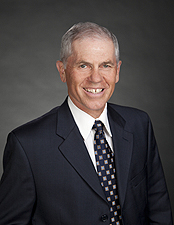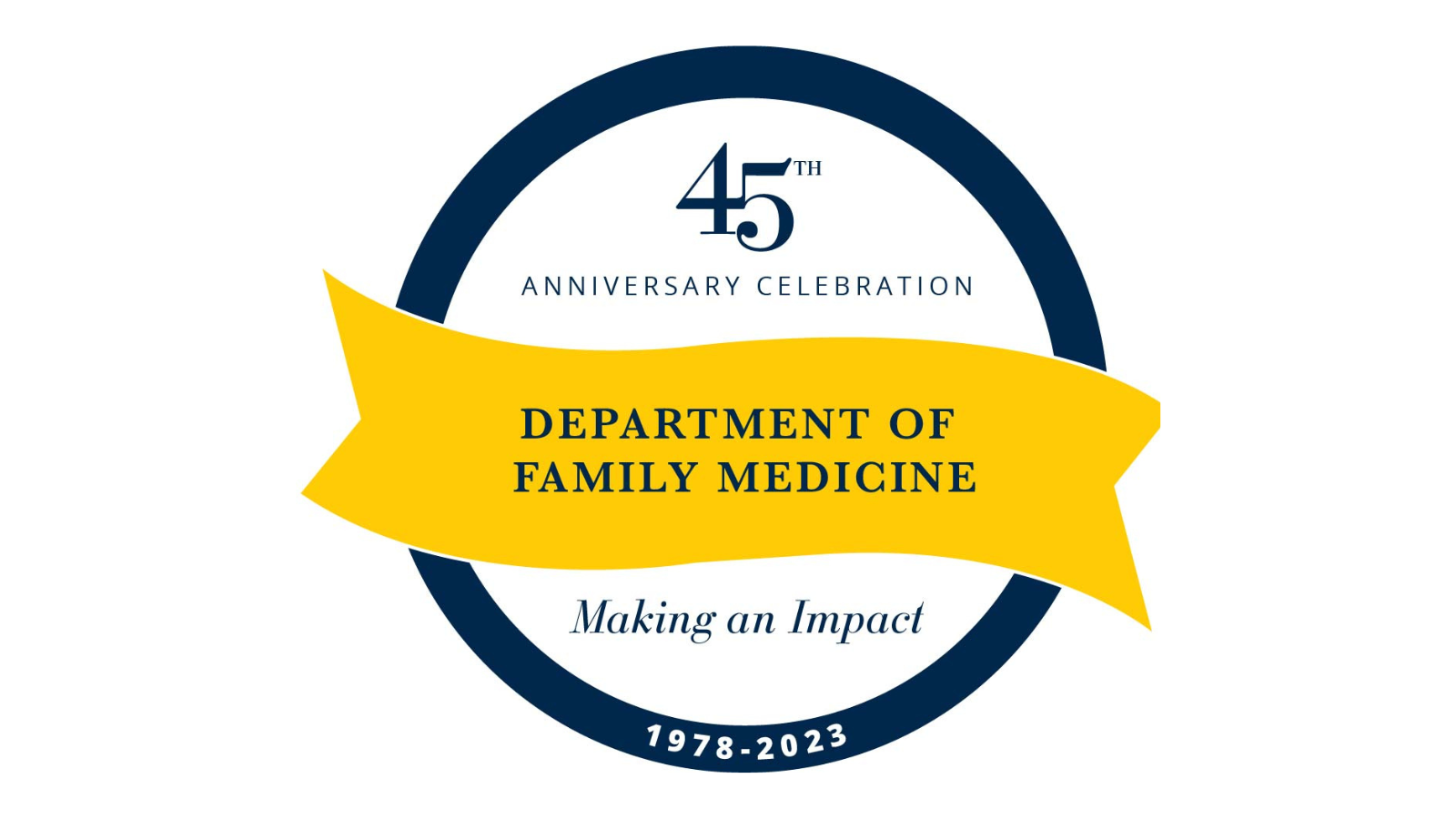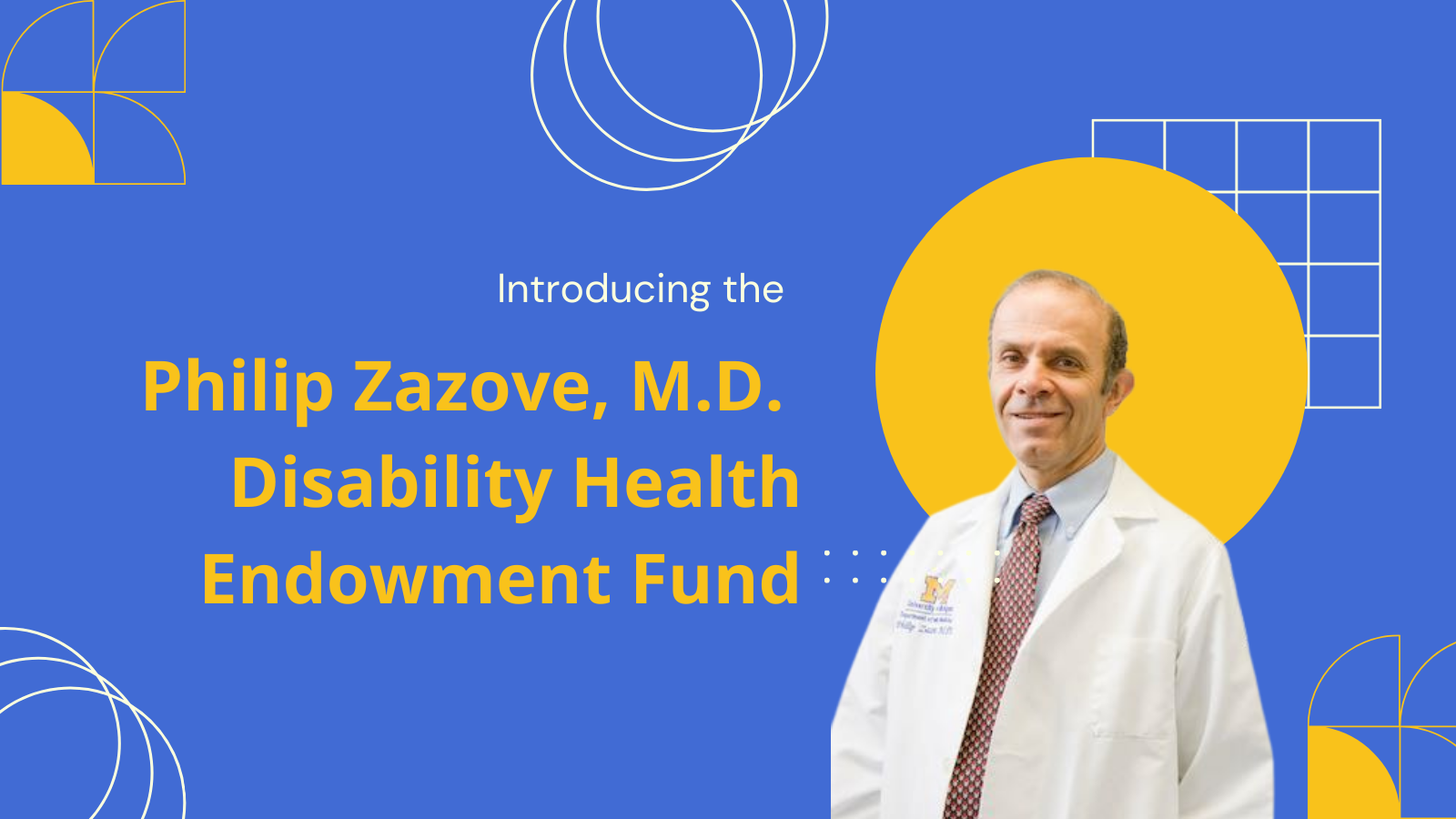The opioid epidemic has affected everyone in the health care field. According to the U.S. Department of Health and Human Services more than 650,000 opioid prescriptions are dispensed each day.

In a Viewpoint piece entitled, Primary Care of Patients With Chronic Pain (subscription required) in the Journal of the American Medical Association, Jill R. Schniederhan, M.D.,instructor and co-director of the U-M Integrative Medicine program, and Thomas L. Schwenk, M.D., U-M professor emeritus and VP of Health Sciences and Dean at the University of Nevada School of Medicine, declare that primary care physicians have a responsibility to address this epidemic in their care of patients with chronic pain.
The paper, which was published on May 18, 2017, states, “The solution to this crisis is not simply a more responsible approach to the use of opioids but rather a

comprehensive approach based on an understanding of chronic pain pathophysiology that emphasizes the patient-physician relationship, shared decision making, nonpharmacological treatments, and selective use of nonopioid pharmacotherapy.”
The authors stress the need for primary care physicians to differentiate between acute and chronic pain and to shift their focus from eliminating chronic pain to the improvement of function. They also emphasize that nonpharmacological therapies - psychological, self-management, educational, and complementary and alternative therapies - can make a significant impact on a patient’s function. Primary care physicians approaching chronic pain in this manner can reduce the use of opioids among their patients.


